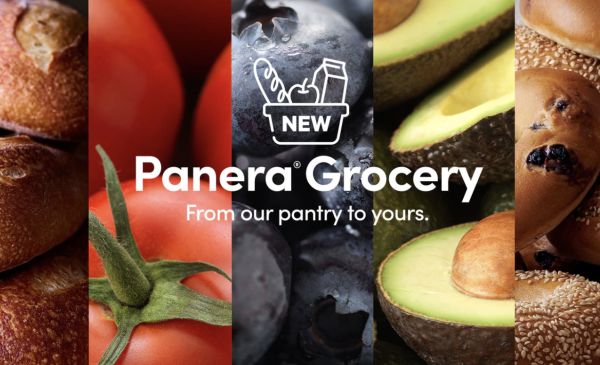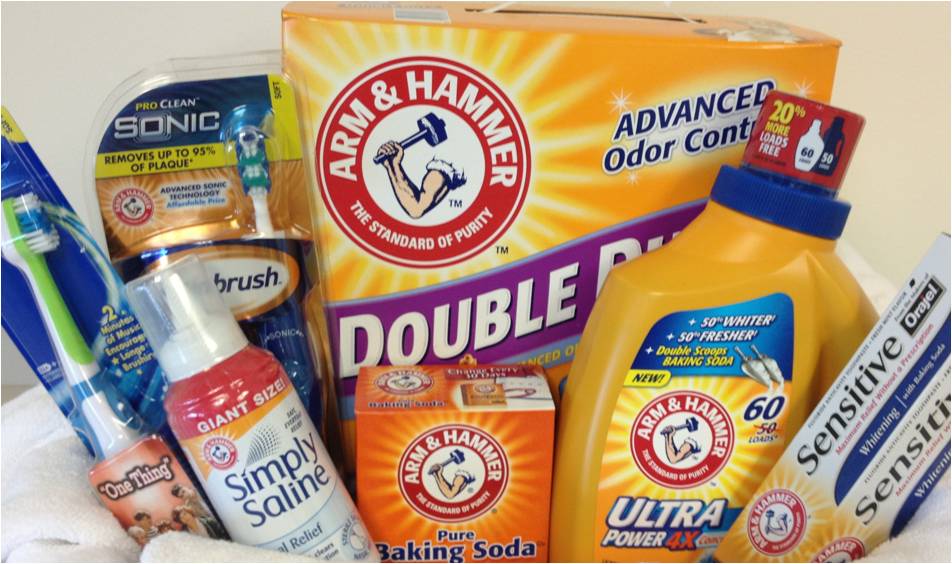The simple bottom line in marketing is that a brand that’s many things can’t be one thing. No one category has ignored this all but immutable law as religiously as the beer business.
Consider Miller beer. What started out in 1978 as a classic pilsner has become a portfolio of beers. Each brand in the portfolio suffers from a bad case of line extension. If you want a Miller beer, the next question will be “which one?” Do you want Miller Lite, Miller Lite Ice, Miller Genuine Draft, Miller Genuine Draft Lite, Miller High Life, Miller High Life Lite or Miller High Life Ice?
Oh forget it, I’ll have a Budweiser.
They also own the Jacob Leinenkugel Brewing Company. The last time I checked, it has the same problem– you have to figure out whether you want a Leinenkugel’s Original Premium, Leinenkugel’s Light, Leinenkugel’s Northwoods Lager, Leinenkugel’s Genuine Bock (seasonal), Leinenkugel’s Red Lager, Leinenkugel’s Honey Weiss, Leinenkugel’s Berry Weiss (seasonal), Leinenkugel’s Hefeweizen (draft only) or Leinenkugel’s Creamy Dark.
Oh forget it, I’ll have a Corona.
For years, I’ve been writing about the problems of line extension. Let’s review the bidding.
In Positioning: The Battle for Your Mind, there are two chapters on the problems of line extension.
In The 22 Immutable Laws of Marketing, it became the single most violated law.
In The New Positioning, I wrote about the problem as a “Matter of Perspective.” This pointed out the difference in views on this subject is how a product is perceived inside and outside a company.
Companies look at their brands from an economic point of view. To gain cost efficiencies and trade acceptance, they are quite willing to turn a highly focused brand, one that stands for a certain type of product or idea, into an unfocused brand that represents two or three or more types of products or ideas. We look at the issue of line extension from the point of view of the mind. The more variations you attach to the brand, the more the mind loses focus. Gradually, a brand like Chevrolet comes to mean nothing at all.
You might say, “Why should the beer people listen to you?” Good point. But even support from the Harvard Business Review slowed down the line extension express. And their verdict was severe: “Unchecked product-line expansion can weaken a brand’s image, disturb trade relations and disguise cost increases.” And nowhere has this damage been as visible as in the beer business. Miller has all but destroyed what Miller means. Budweiser has too many “Buds for you,” and Bud Light is eating into basic Budweiser. And what in the world is Bud select? Coors Light has pretty much done-in regular Coors.
And they wonder why the beer business has been flat all these years. With so much confusion, it has become, “Oh forget it, I’ll have a bottle of water.”
But now comes the ultimate irony. For years, makers of small-batch “craft” beers have been chipping away at the market share of the three beer giants. Now the big brewers are playing the same game. But this time, they avoid using the parent company’s name on the labels for their craft beers. Anheuser-Busch, for example, lists Green Valley Brewing Co. as the maker of Wild Hop Lager. Jacob Leinenkugel Brewing Co. is owned by SABMiller PLC. Blue Moon Brewing Co. is a subsidiary of Molson Coors Brewing Co.
And without their big brand names, the retail sales of these big company craft beers grew nearly three times the rate of the real craft beers.
Does that mean that the big brewers have at long last seen the errors in their line extension ways?
Don’t bet on it.
The Blake Project Can Help: The Brand Licensing Audit and The Brand Licensing Workshop
Branding Strategy Insider is a service of The Blake Project: A strategic brand consultancy specializing in Brand Research, Brand Strategy, Brand Licensing and Brand Education





One comment
Greg Berube
December 20, 2007 at 9:43 am
Communication however simple can sometimes be a difficult concept to translate.
A brand can be extended – however if the target audience and value proposition from the parent brand cannot be easily translated, the line extension will suffer no matter how much money you throw at it.
Ultimately the overarching brand will suffer from “Brand Fatigue” and people will move on to another brand.
Comments are closed.